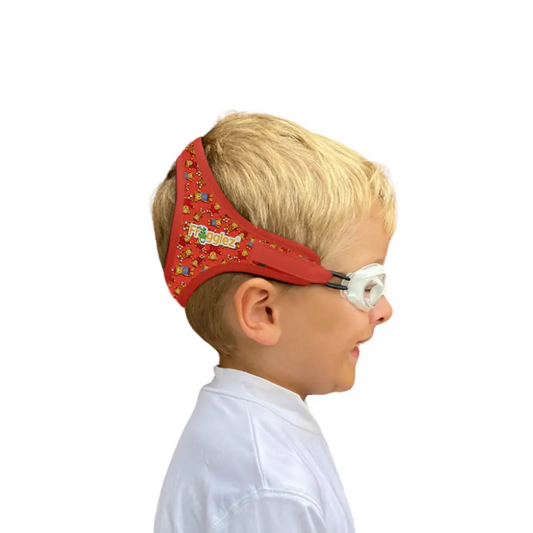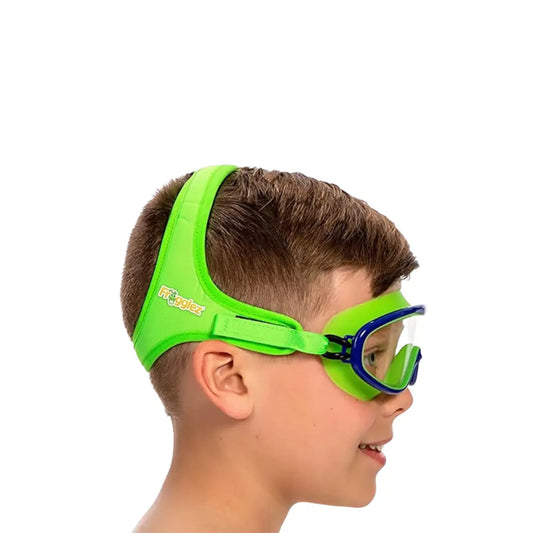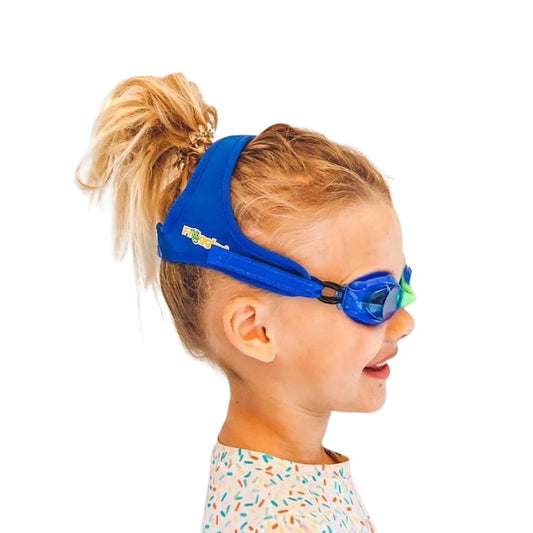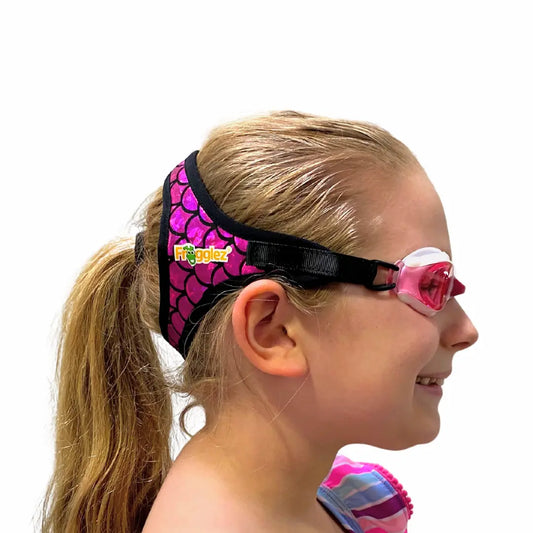Many children struggle with new experiences, and swim lessons are a common trigger. Imagine that gravity disappears and you have to learn how to navigate the world – that’s what swim lessons can feel like for a young child. Even kids enrolled in swim lessons for a while can suddenly encounter swim anxiety. Here are a few tips to help ease pool day worries.
Transition kids slowly from bathtub to pool to ocean
Use the comfort of everyday bathtime to introduce swimming before going to an unfamiliar community pool or the ocean. First, encourage water play in the bathtub with swim dolls or action figures and engage in imaginative play about swimming. Once your child plays comfortably in the bathtub, gradually introduce them to a kiddie pool or backyard swim environment with the same toys and games. No matter the body of water—whether a bathtub, pool, lake, or ocean-- always supervise your child closely.
Read books about swimming to your child
Before trying a new swim environment, read books that feature favorite characters at the swimming pool. Books remove the immediacy of the experience so that kids can process it from a distance. Ask questions about what they see on the page and give them time to consider trying something new.
Reading with your child is a wonderful opportunity to talk about how the characters feel. For example, make observations such as, “Why do you think s/he is feeling worried?” or “Look at how s/he is wearing a safety vest to keep him safe in the water!” Comments that address the character’s feelings of concern can help your child maintain distance from their worries while they process new ideas.
Observe swimmers before you jump in
Slowly familiarize your child with a pool or swim school before enrolling in lessons. Visit the swim school or a friend’s backyard pool before starting lessons to watch other children play. Having a parent close allows them to feel comfortable without the pressure of participation.
During the visit, talk about the shape of the pool, the color of the water, and the colors and shapes of the pool toys. Supervise your child closely and introduce them to the shallow edge and dip your toes in together to test the temperature. Go slowly and give your child time to adjust, pressure-free.
Get in the water and play with your child
Join your child in the water each time you go to a new environment. Play with the toys, engage in imaginative play, and enjoy the experience. Holding your child close while getting used to the water can ease anxiety. The longer you are in the water, the more likely your child will feel at ease and want to explore. Always stay within arms reach of inexperienced swimmers.
Some kids battle attachment issues to a parent or caregiver and therefore struggle to enter the water with a stranger. Tackle this by starting with “Mommy and Me” classes where you enter the water with your child before transitioning to instructor-led lessons.
Use comfortable swim gear and practice wearing it
If your child is a reluctant swimmer, the last thing you want is tight, restrictive swim gear. Instead, look for soft, stretchy swimwear that fits well and swim goggles that are comfortable enough to wear all day. Frogglez goggles are the first choice of swim instructors because kids can use them independently. These unique swimming goggles were designed by a dad after watching his child struggle with tight goggles and hair-grabbing rubber straps. Frogglez goggles are made from soft neoprene with velcro adjusters that flex with kids.
If your child struggles with tags on clothing or has tactile avoidance, put on their swim goggles or swimsuit at home to play in the bathtub or run through the sprinklers. That way, they get used to the feel and fit before using it in at the pool. For children who are neurodivergent, read our blog with the best tips for sensory kids in the pool.
Take things slowly and allow your child to learn confidence
Always ask your swim instructor for advice on how to help your child make the most of their swim experience. Also, ask them about their philosophy or expertise in dealing with reluctant swimmers.
Patience and understanding are long-term factors in water confidence. Since swimming is an important life skill, take slow, measured steps so that your child becomes a confident swimmer.







